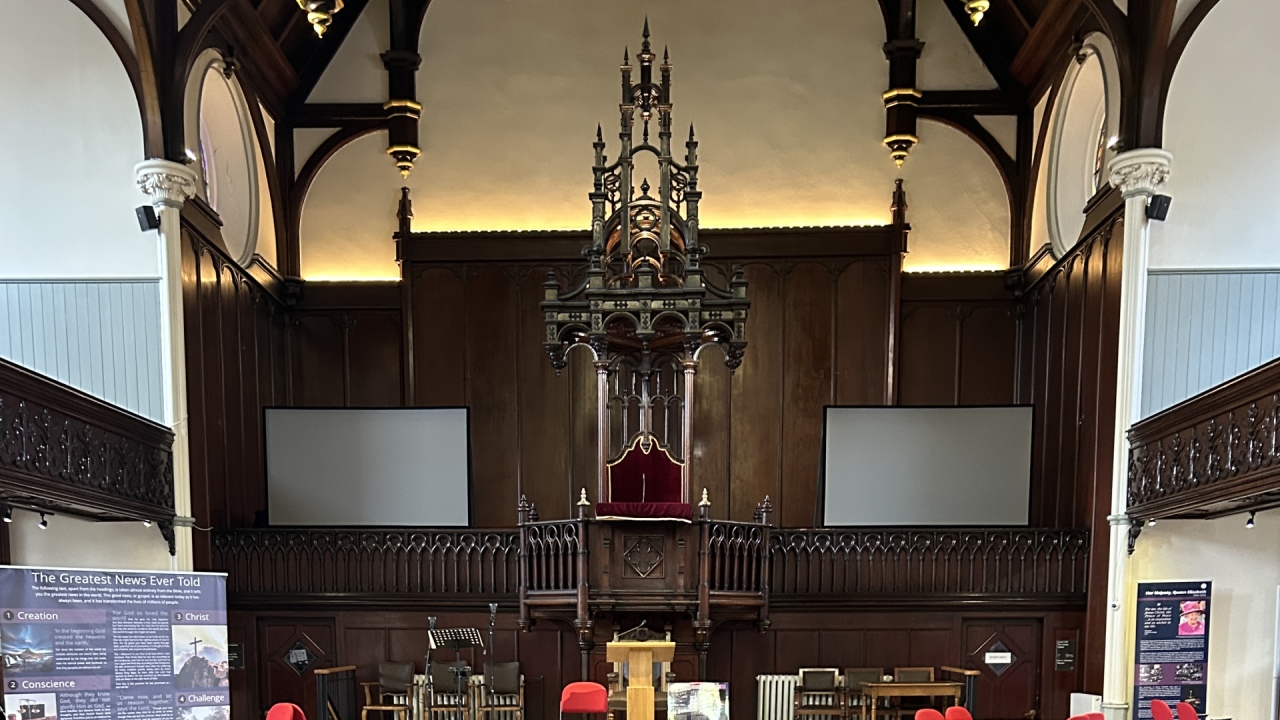The Scottish Reformation spearheaded by John Knox radically reshaped the country’s religious landscape and national identity. At the heart of Knox’s movement was a passion for spreading the Gospel of Christ and ensuring universal access to Scriptural truths about salvation.
Scotland Prior to Knox’s Rise
In early 16th century Scotland, the Roman Catholic church exerted enormous influence. Lavish cathedrals dotted the land, clerics held vast tracts of property, and doctrine centered on unfamiliar Latin rites and rituals.
Church corruption was rampant, with clergy selling sacraments for profit and living openly with mistresses. Dissenters like Patrick Hamilton were quickly executed by Catholic authorities. The status quo remained firmly entrenched.
Scotland was ripe for religious revolution. But enacting real change required a singular figure willing to risk everything to upend the old order – a role Knox stepped into with zeal.
Knox’s Early Life & Influences
Born in 1513 near Edinburgh, Knox trained as a priest before becoming disillusioned with Catholic doctrine marginalizing the Bible and Christ’s redemptive work. The 1546 martyrdom of Protestant George Wishart convinced Knox of the need for radical reform centered on Scripture.
During 12 years exile in England and Europe, Knox absorbed Reformed theology from mentors like John Calvin. Preaching to fellow Scottish exiles, he honed his fiery oratory skills aimed at awakening true religious conversion.
Knox awaited the right conditions to undertake reform at home. The accession of the Catholic Mary of Guise as Scottish regent in 1554 provided the ripe opening Knox had patiently waited for.
Returning to Scotland & Launching Reform
Knox returned to Scotland in 1555 and immediately began attacking Catholic doctrine suppressing the free gift of salvation offered through Christ. Though the Catholic church banned his preaching, Knox refused to stop proclaiming justification by faith alone.
When Protestant nobles gained power after Mary of Guise’s death in 1560, they urgently summoned Knox back to drive reform. Knox returned permanently that same year to launch sweeping religious changes.
Knox’s Vision for Reform
At the core of Knox’s vision was spreading the message of redemption through Jesus Christ by faith, attainable only by God’s grace, not works. He worked tirelessly so all Scots could hear this Gospel truth.
Knox translated the Geneva Bible into vernacular Scots, making Scripture accessible to common people. He established schools rooted in Reformed theology to raise up godly, literate citizens.
By steeping society in Biblical values, Knox believed the nation would experience profound spiritual and moral rebirth. This drove his fervor to completely transform religion in Scotland.
Dismantling Catholic Authority
Upon returning to Scotland, Knox collaborated with Protestant nobles to swiftly dismantle Catholic authority. This included drafting the 1560 Scots Confession and instituting Reformed church governance.
With Catholic clergy now banned, Knox trained Protestant ministers in Reformed doctrine to lead congregations. He oversaw the establishment of the Presbyterian national church along Calvinist lines.
Knox’s followers ransacked abbeys and monasteries as Symbols of idolatry, destroying relics and iconography. Swift reforms paved the way for Protestant ascendency.
Ongoing Conflicts with Mary Queen of Scots
In 1561, the young Catholic Mary Queen of Scots returned from France to assume the Scottish throne, posing Knox’s greatest political challenge.
Knox preached that the Queen’s “idolatrous” mass threatened Scotland’s spiritual health. He declared subjects had the right to resist any ruler impeding true religion as defined by Scripture alone.
Furious Catholic nobles demanded Mary charge Knox with treason. But recognizing most Scots backed Knox, she hesitated, instead trying to convince Protestants to silence him. Most refused.
Knox remained defiant when summoned to meet Mary. During heated debates, he refused to yield any ground on matters prescribed by the Bible. Though Mary preserved her Catholic faith, Knox’s obstinacy thwarted her attempts to restore Catholic authority.
Impact on International Relations
Knox’s clashes with Mary also drove Scotland’s alignment away from its traditional French Catholic ties, despite Mary’s upbringing. Instead, his movement forged stronger bonds between Protestant Scotland and England.
This realignment formed a basis for the eventual union of the English and Scottish crowns under James I. Knox’s nationalism centered on Reformed faith effectively checked Catholic Europe’s influence over Scotland.
Enduring Legacy
John Knox left an indelible mark through his tireless preaching of Gospel truth that turned hearts to Christ. He desired all Scots know the joy of sins forgiven and life eternal through embracing Scripture’s promises.
Religious Impact
Knox successfully established Presbyterianism, grounded in Reformed theology proclaiming salvation by grace through faith, as the national religion. Almost every Lowland parish adopted Presbyterian governance and worship.
These changes ensured Scotland became a predominantly Protestant nation. The Presbyterian church remains Scotland’s largest denomination, with Knox as its foundational figure.
Educational Impact
Believing education essential for understanding Scripture, Knox urged establishing schools in every parish and reforming universities. This emphasis on universal literacy and education took root over generations.
By instituting new university and seminary curriculums focused on theology, Knox fostered an educated clergy steeped in Reformed doctrine able to continue propagating his religious vision.
Cultural & Social Impact
Beyond formal religious institutions, Knox profoundly influenced mindsets, cultural expressions like art and music, societal discipline, and national identity itself.
His vision of an ideal Scottish society emphasized moral uprightness, education, public service, thrift, and deep reverence for Biblical values. These attitudes evolved into core facets of Scottish culture.
Knox also eliminated many Gaelic cultural traditions he considered unbiblical. In doing so, he effectively extirpated much of Scotland’s Celtic heritage.
In Summary
By successfully opposing Mary’s attempted restoration of Catholicism, Knox demonstrated limits on monarchical power versus Protestant theology’s authority. This contributed to Scotland developing as a robust Presbyterian structure decentralized from the Crown.
Scottish nationalism itself was recast around a Protestant identity rather than Catholic allegiance. Knox’s legacy still resonates through all levels of Scottish society today.
Through spearheading the Scottish Reformation, John Knox utterly transformed his nation’s religious, political, educational, and cultural trajectory. His spiritual impact endures centuries later.

